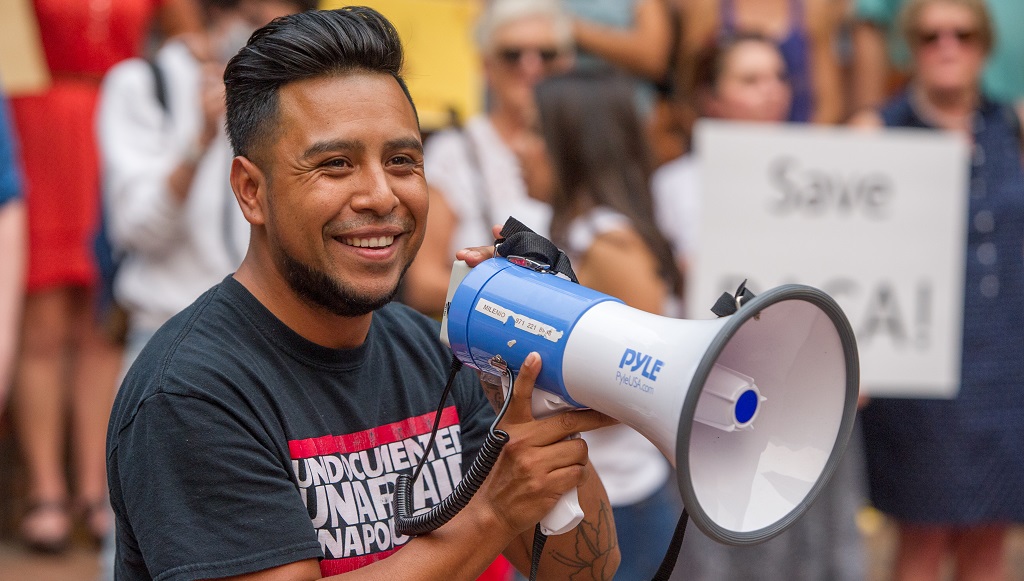Last week, the Biden administration published the final version of a regulation that seeks to preserve the Deferred Action for Childhood Arrivals (DACA) initiative and provide a modicum of stability to the hundreds of thousands of people living in the United States who benefit from its protections. While this move fulfills a key commitment made by President Biden on his first full day in office, it falls far short of providing the permanent protections for undocumented youth across the country that only Congress can grant.
The final rule’s publication followed a strenuous rulemaking process that began with a Department of Homeland Security (DHS) announcement in September 2021. DHS said it would create a regulation to preserve the DACA initiative and gave the public an opportunity to comment on what the policy should look like. The new rule takes effect on October 31.
As a practical matter, the new rule will change little about the operation of DACA. After its implementation, eligible individuals will need to meet the same eligibility criteria, use the same government forms, and pay the same fees that are required today.
But because this rule replaces the DACA program that was previously established through a DHS memorandum—which future administrations could seek to terminate through the same method—this new rule provides more stability and will be more difficult to repeal. In order to undo the DACA program, a future administration would need to go through the same rulemaking process used to codify this rule—publish the rule, give the public an opportunity to comment on the proposal, and consider the public’s comments before ending the program.
Nevertheless, the new rule has certain critical limitations. The adoption of the very same requirements outlined when DACA was first implemented will shut out meritorious immigrants who arrived in the country in fifteen years since June 15, 2007.
The rule also fails to address the challenges experienced by individuals who were too young to benefit from DACA before a federal court ordered the administration to limit eligibility to people who were already a part of the initiative as of July of 2021. Approximately 80,000 first-time applicants have been stuck in limbo since then, having submitted their requests for DACA and paid their fees only to have the government refuse to adjudicate their requests, citing the litigation in Texas as a justification.
The case is currently before the Fifth Circuit Court of Appeals in Texas, which has requested additional briefs from the parties to determine whether it can review the new rule. In any event, litigation will most likely continue, pointing to the decades-long need for Congress to act on behalf of undocumented youth across the United States.
The Biden administration has taken some important steps to try to protect undocumented youth through executive action, but permanent protections can only come from congress. DACA has been around for more than a decade and has proven highly successful in providing safety and stability to some of the people unfairly cut out of our immigration system. It is past time for Congress to do its job and provide a path to citizenship for DACA recipients and undocumented youth mor broadly.
FILED UNDER: Biden Administration


